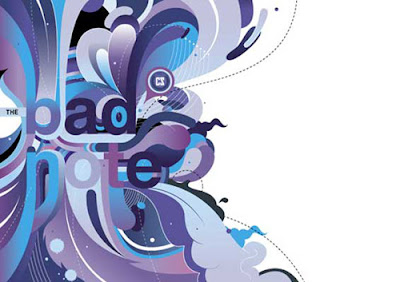His work makes me sick to my stomach. But I mean that as the highest form of flattery. It's not his fault I'm in awe of his creative talent, or that the beauty of his work acts like a sledgehammer of reality and self realisation. As much as I aspire to be like him, I'm a fair way off at the moment.
Fabien Baron is arguably the most celebrated and successful Art Director in the fashion arena – magazines, packaging, identities, advertising and product design. Hailing from France, he moved to New York in 1982 and landed the top job at GQ. He then divided his time between Milan and New York as Creative Director of Italian Vogue, before ending up at Harpers Bazaar. He began his agency, Baron & Baron in 1990, and since then, has been the go-to guy for any brand requiring high-fashion creativity delivered with aesthetic precision.
"Fabien and I are on the same wavelength, except Fabien goes beyond my capability of aestheticism." – Calvin Klein.












Looks like he's got this market sewn up, but my ideal goal for Graphic Surgery would be to become the Baron & Baron of Australia.















